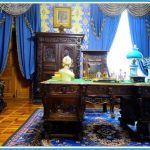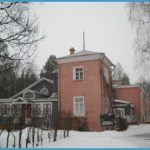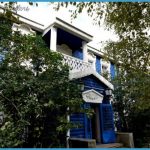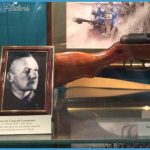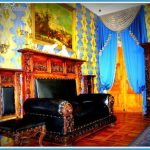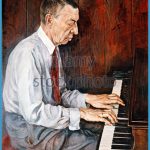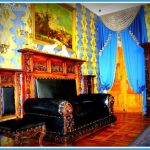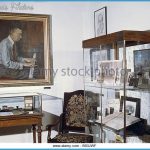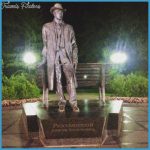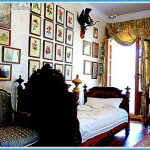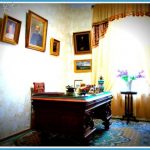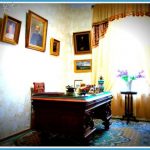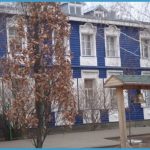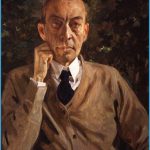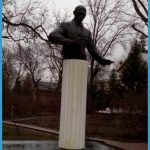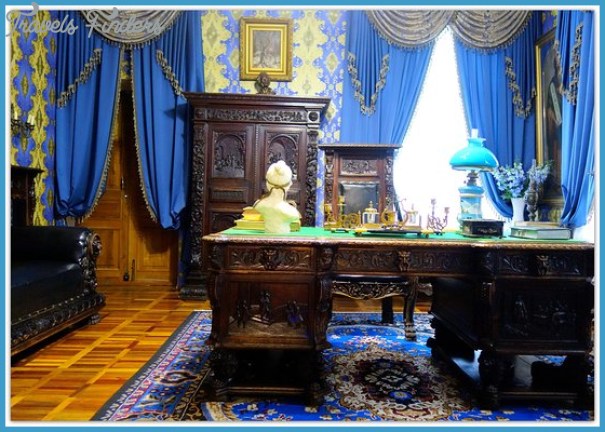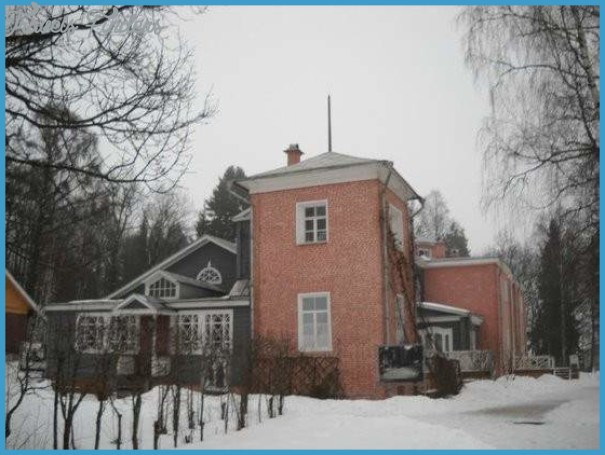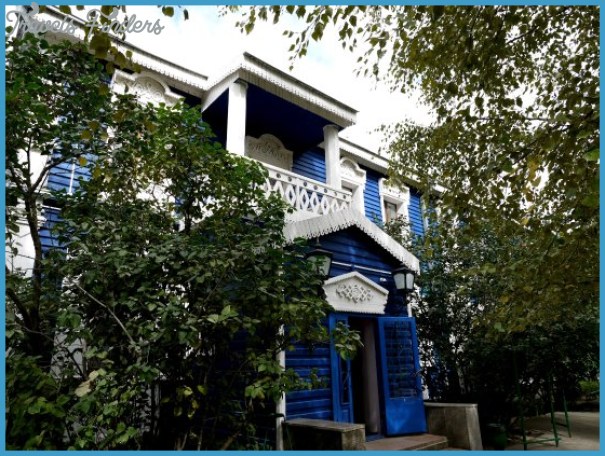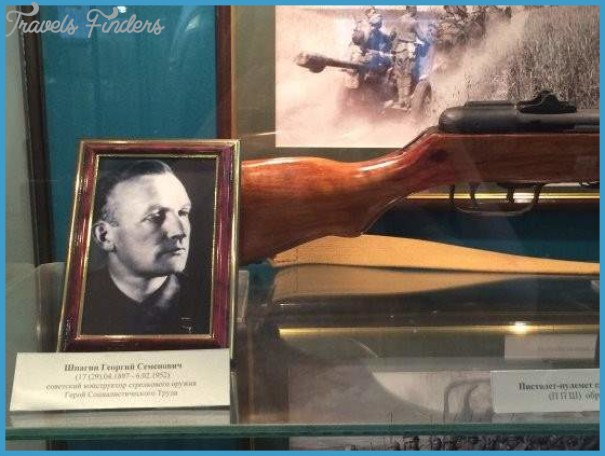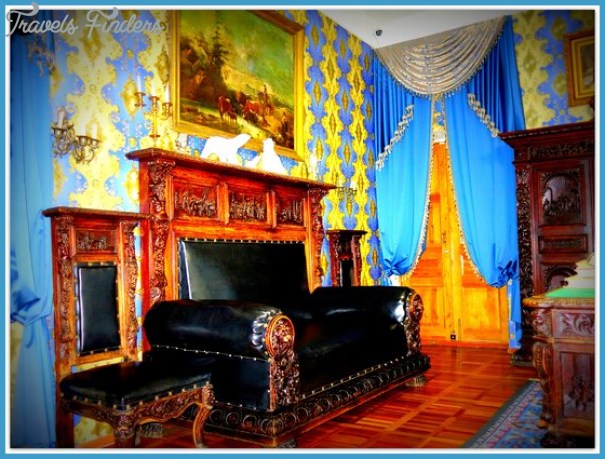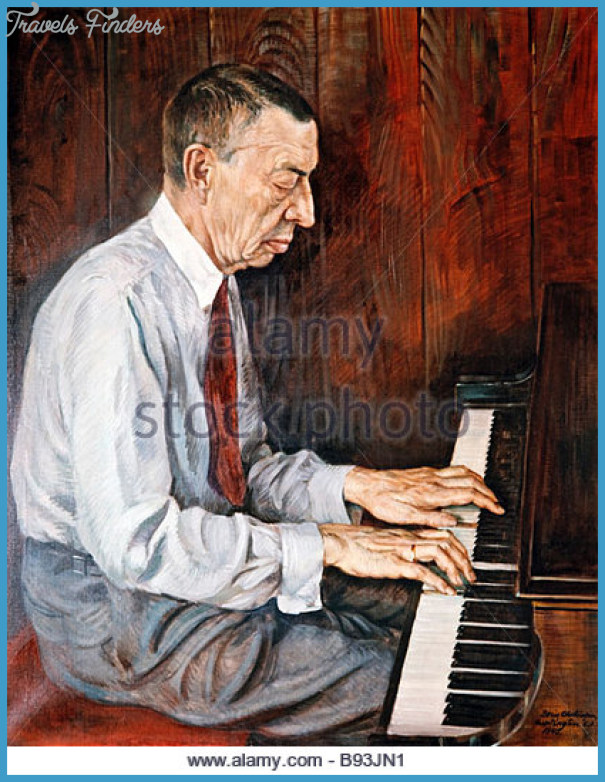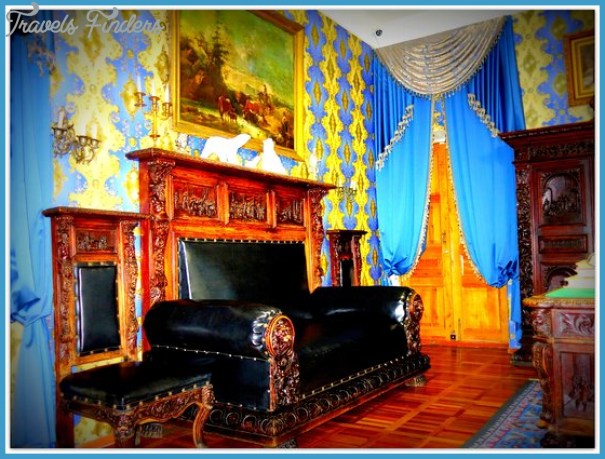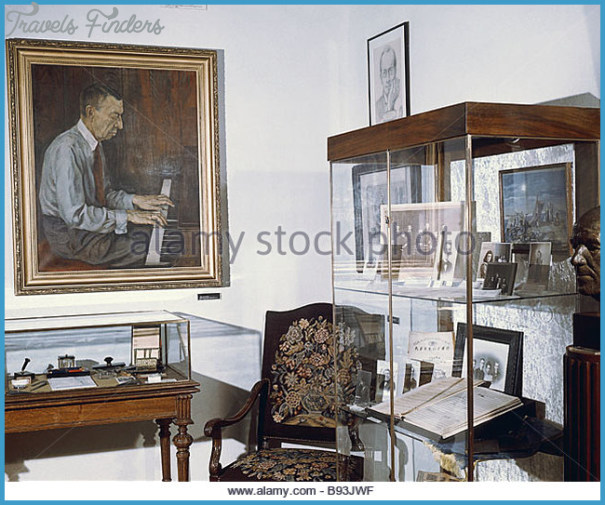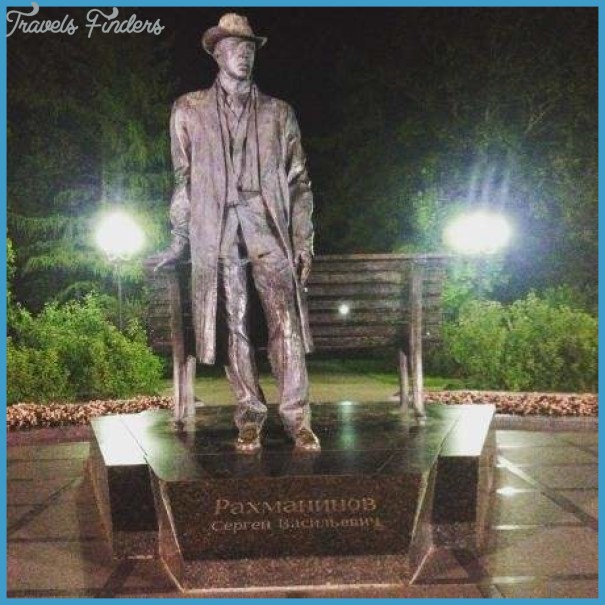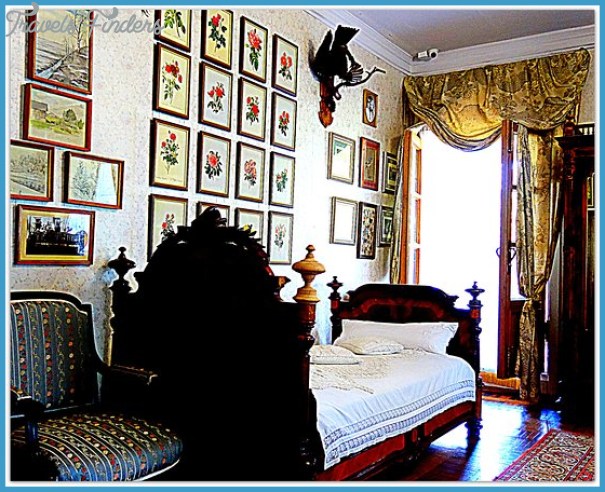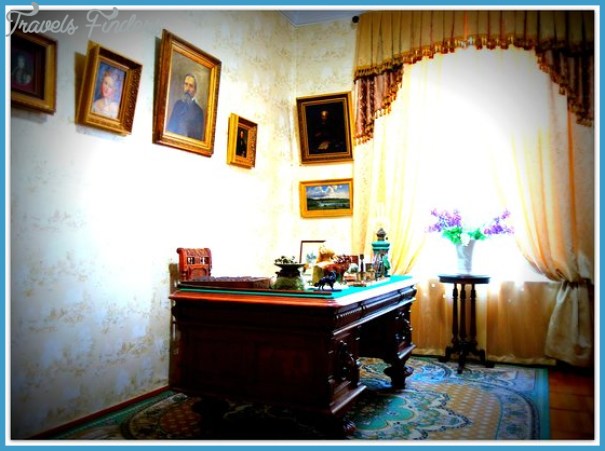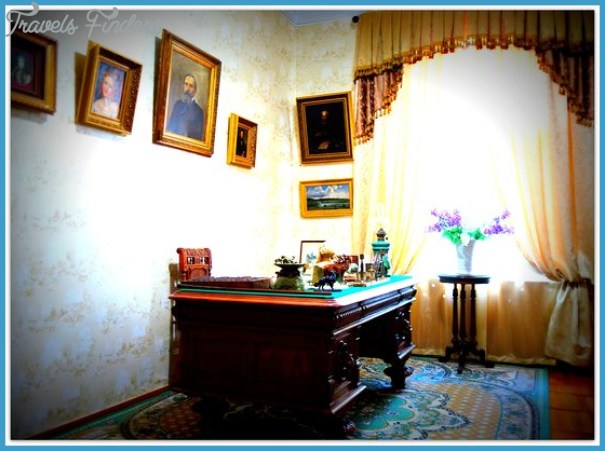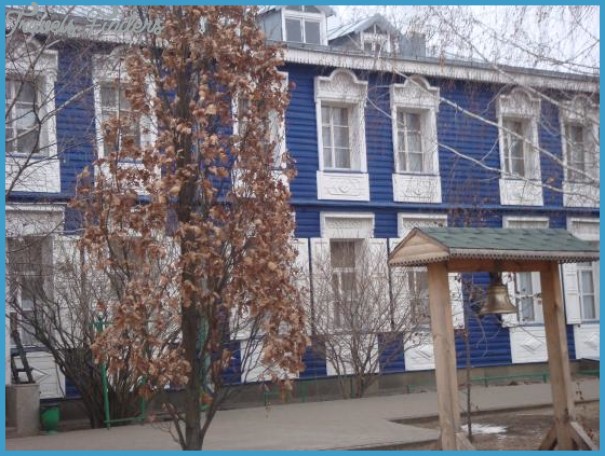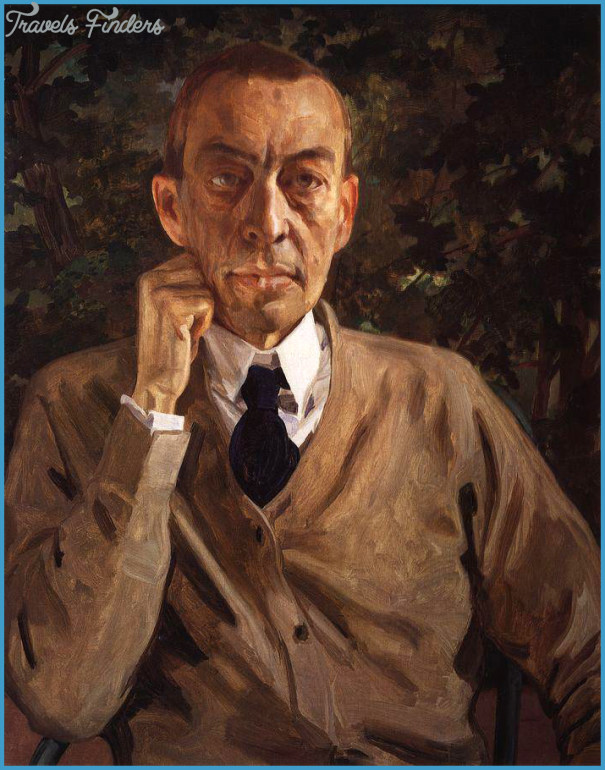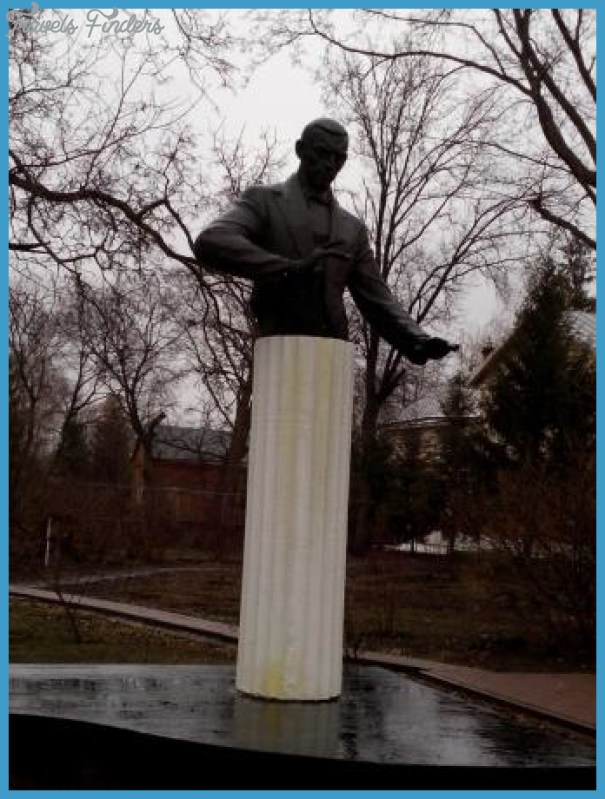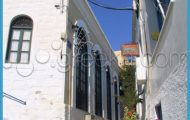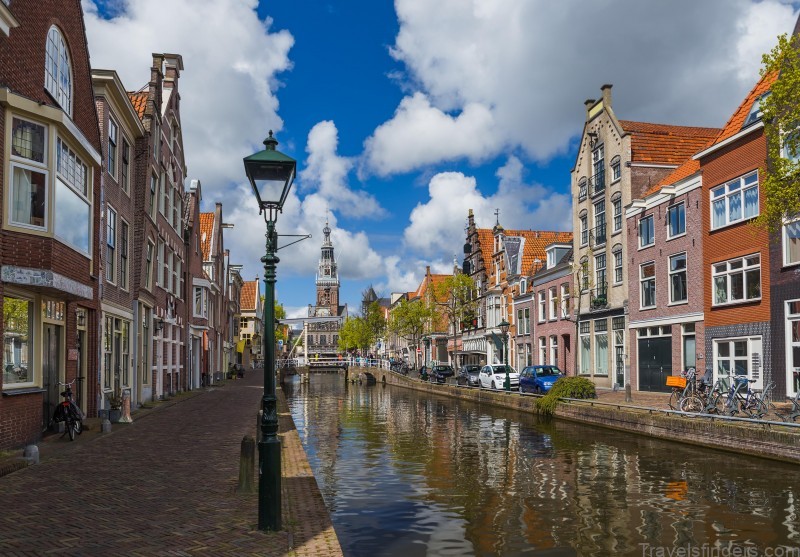RAKHMANINOV MUSEUM
Museum commemorating one of the most beloved of 20th-century composers you will have to visit Ivanovka, in the remote heart of Russia, the family estate that once belonged to Sergey Rakhmaninov’s aunt and uncle, the Satins. He had stayed with them, in their Moscow flat, when he was 16, and later joined them at Ivanovka; he went there almost every summer from 1890 to 1917, arriving for the lilacs and leaving at the harvest, and when in 1902 he married their daughter, his cousin Natal’ya, the couple were given the smaller of the houses (the fligel’) as a wedding present. The estate passed to Natal’ya and her brother in 1911 and Rakhmaninov assumed much of the responsibility for running it.
He found its peace a source of inspiration and most of his greatest works – among them the second and third piano concertos, the first two symphonies, The Isle of the Dead, the op.32 preludes and the Etudes-tableaux, The Bells and the Liturgy of St John Chrysostom – were composed there. But in 1917 it was looted and vandalized, in the wake of the Revolution; the large house was burnt down and the fligel’ fell into dereliction. In the 1960s, with the prospect of the Rakhmaninov centenary in 1973, steps were taken to rebuild it on the original foundations, drawing on photographic evidence and the recollections of Sofiya Satina, the composer’s cousin and sister-in-law, then living in New York.
The fligel’ was Paris? New York? California? Switzer- Rakhmaninov’s fligel’at Ivanovka (photo, land? Moscow, even? No: to visit a before 1917) restored by 1974 and used as a music school before it was opened as a museum in 1982; the main manor house and some of the outbuildings were then rebuilt and the garden restored, and the entire museum was opened in 1995, as a section of the Tambov Region Country Museum. It is not easily accessible. The closest large town is the district capital, Tambov, which is about 450 km south-east of Moscow; from there, you take the road to Volgograd through sparse, wooded country for about 120 km, turn left soon after Zaryan towards Uvarovo, then after about 20 km left again, continuing for about another ten. (Rakhmaninov himself took a different route, by train to Rzhaksa and then by droshky or sledge.) In the main house, the rooms on the ground floor are reconstructed to evoke the world of Rakhmaninov’s time. On the upper floor is a substantial display, covering six rooms and giving a chronological survey of his life: from his family ancestry and his youth, his early studies in Moscow and first compositions and his initial contacts with Ivanovka and the Satin family, to his years of exile in Europe and the United States.
RAKHMANINOV MUSEUM Photo Gallery
Sofiya’s own room, and the billiard room, on this floor, are reconstructed. The ground-floor rooms include a main living-room with a dramatic stairwell and large pillars, a dining-room with some elaborate plasterwork, Rakhmaninov’s study, with piano, desk and bookcase, his wife’s bedroom (with an ornamental blackwood screen and delicate furniture) and their daughter Tatyana’s room. There is also a recital room seating about 40. The garden was important to Rakhmaninov. His cousin Lyudmila Skalon later related that in moments of creative inspiration he would go out to his favourite red alley of elms, maples and poplar (called red’ because there were broken bricks in the soil). From a distance one could see his tall figure in a Russian shirt. He would walk, head bowed, drumming his fingers on his chest and sort of singing to himself’. The shady copse survives, dotted with gazebos and inhabited by blackbirds and cuckoos, and the visitor may walk in Rakhmaninov’s footsteps down the pathway, still including some of the red bricks; the summerhouse for the children is restored, and in the kitchen garden new fruit trees have been grown from the old stock.

